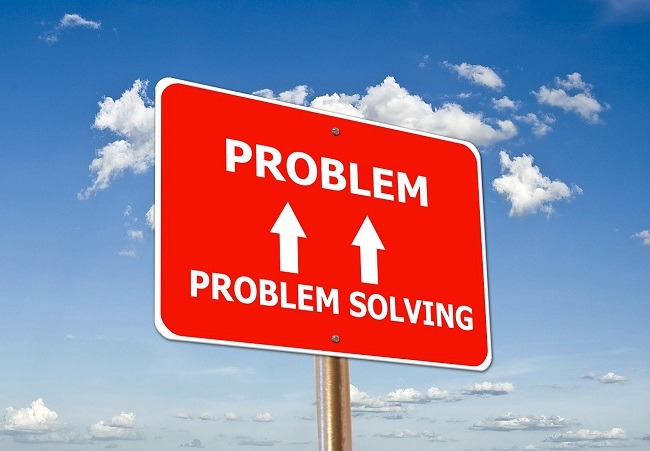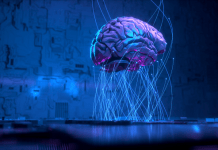Developing a problem-solving mindset is critical for overcoming obstacles, achieving success, and growing as an individual. When faced with challenges, it’s easy to become disheartened and give up before even attempting to find a solution. However, with the right mindset, we can view problems as opportunities for growth and development. In this article, we’ll explore strategies for developing a problem-solving mindset, including reframing challenges as opportunities, staying optimistic, practicing critical thinking, building creativity and innovation, cultivating persistence and resilience, and focusing on the process, not just the outcome.
Reframe Challenges as Opportunities
The first step in developing a problem-solving mindset is to reframe challenges as opportunities. When we view problems as obstacles, we become disheartened and may give up before we even begin. However, when we view problems as opportunities, we shift our mindset to one of growth and development.
To reframe challenges as opportunities, try asking yourself the following questions:
- What can I learn from this problem?
- How can I grow from this experience?
- What opportunities does this problem present?
By asking these questions, you can begin to shift your mindset and view problems as opportunities for growth and development.
Stay Optimistic in the Face of Adversity
Another critical component of a problem-solving mindset is optimism. When facing challenges, it’s easy to become negative and pessimistic. However, maintaining a positive attitude can help you overcome obstacles and find solutions to problems.
To cultivate optimism, try practicing gratitude, focusing on the positive aspects of a situation, and visualizing a positive outcome. By maintaining a positive attitude, you can approach problems with a clear and optimistic mindset, which can help you find solutions and overcome obstacles.
Practice Critical Thinking
Critical thinking is another critical component of a problem-solving mindset. When faced with a problem, it’s essential to analyze the situation, evaluate evidence, and consider different perspectives. By practicing critical thinking, you can develop a structured approach to problem-solving, which can help you find solutions and overcome obstacles.
To practice critical thinking, try asking probing questions, evaluating evidence, and considering different perspectives. By doing so, you can develop a deeper understanding of the problem and develop innovative solutions.
Build Creativity and Innovation
Another important component of a problem-solving mindset is creativity and innovation. When faced with a problem, it’s important to think outside the box and consider unconventional solutions. By building your creativity and innovation, you can develop unique solutions to problems and overcome obstacles.
To build creativity and innovation, try brainstorming, experimenting with different solutions, and seeking out new experiences. By doing so, you can expand your thinking and develop a creative and innovative approach to problem-solving.
Cultivate Persistence and Resilience
Persistence and resilience are critical qualities for developing a problem-solving mindset. When facing obstacles, it’s easy to become discouraged and give up. However, by cultivating persistence and resilience, you can develop the resilience to overcome obstacles and find solutions to problems.
To cultivate persistence and resilience, try setting realistic goals, breaking down large problems into smaller, manageable parts, and celebrating small successes along the way. By doing so, you can maintain your motivation and momentum, even in the face of challenges.
Focus on the Process, Not Just the Outcome
Finally, it’s essential to focus on the process, not just the outcome when developing a problem-solving mindset. When we focus too much on the end result, we can become overwhelmed and lose sight of the steps needed to achieve our goals. However, by focusing on the process, we can break down problems into smaller, manageable parts, and develop a structured approach to problem-solving.
To focus on the process, try setting realistic goals, breaking down problems into smaller, manageable parts, and developing a plan of action. By doing so, you can approach problems with a structured





















































